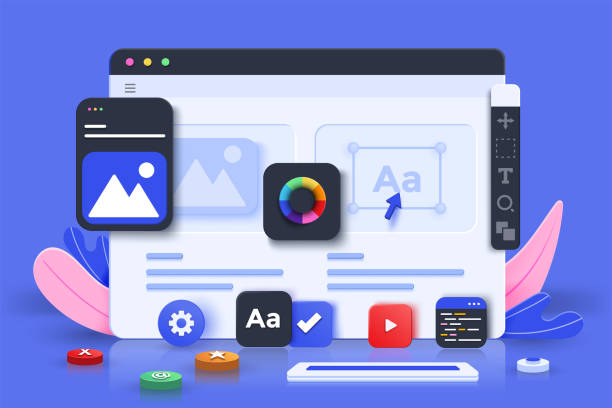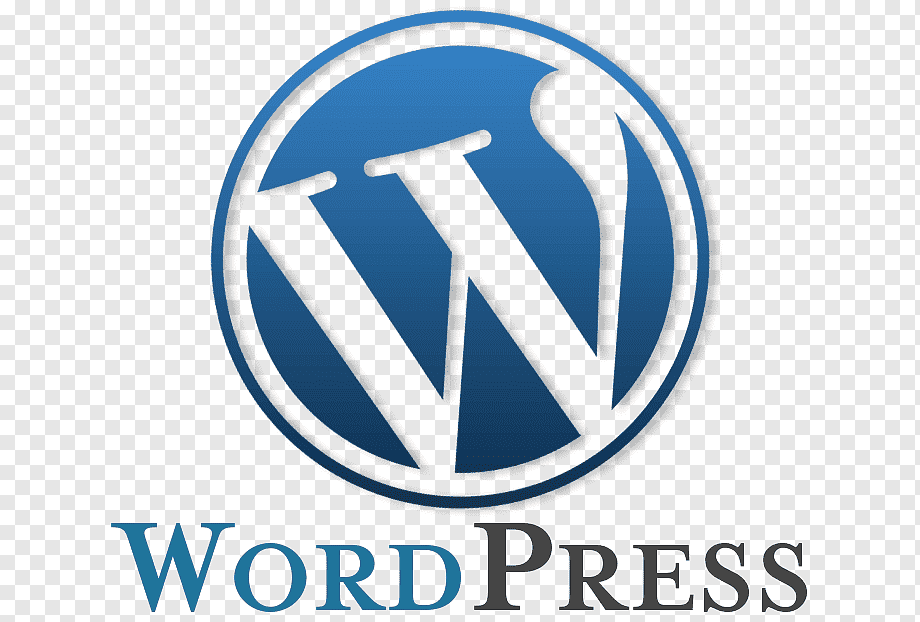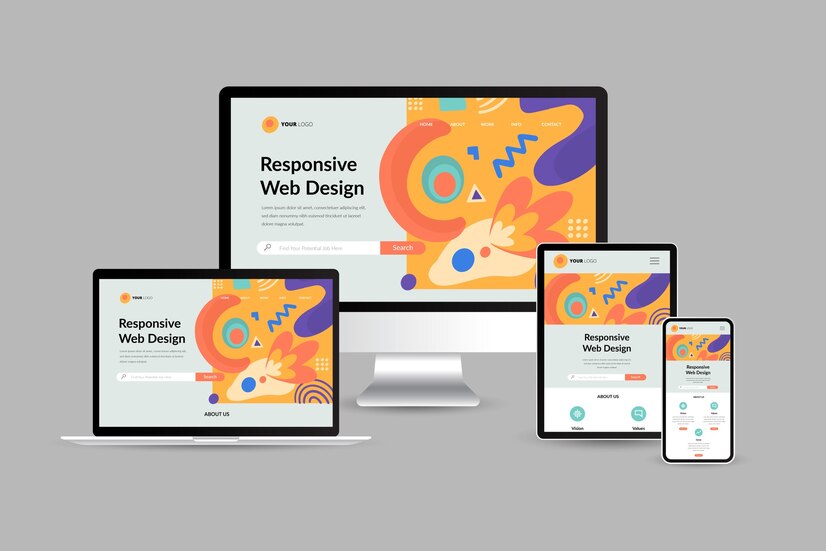
Tailwind CSS and Bootstrap are both popular front-end frameworks used for building
responsive and user-friendly web interfaces. Each has its own strengths and best use cases.
Here's a comparison of the two to help you decide which one might be more suitable for your
project:
Tailwind CSS:
1. Utility-First Approach: Tailwind CSS is known for its utility-first
approach, which means it provides a wide range of small utility classes that you can
combine to create custom designs. This approach gives you a lot of flexibility and
allows for highly customized designs.
2. Highly Customizable: Tailwind CSS is highly customizable. You can
easily customize the default design system by editing the configuration file, allowing
you to create a unique look and feel for your project.
3. Minimal and Lightweight: Tailwind CSS is minimal and lightweight. It
only includes the styles you use, resulting in smaller file sizes compared to other
frameworks. This can lead to faster load times for your web pages.
4. Learning Curve: While the utility classes are intuitive, there is a
learning curve associated with understanding all the available classes and their
combinations.
5. Flexibility: Tailwind gives you the freedom to create highly
customized designs, but it requires a good understanding of its utility classes to do so
effectively.
Bootstrap:
1. Component-Based: Bootstrap is a component-based framework. It
provides pre-designed components like navigation bars, modals, forms, and more, making
it easy to create consistent and responsive layouts quickly.
2. Responsive Design: Bootstrap is built with a mobile-first approach,
ensuring that your websites and web applications are responsive out of the box. It
provides a grid system and responsive utility classes for building layouts that adapt to
different screen sizes.
3. Documentation and Community: Bootstrap has extensive documentation
and a large community. This means you can find a lot of resources, themes, and
third-party plugins built specifically for Bootstrap, making development faster and more
efficient.
4. Opinionated Styling: Bootstrap comes with its own design and
styling. While it is customizable, it might be more challenging to create a unique and
unconventional design compared to Tailwind CSS.
5. Ease of Use: Bootstrap's components are easy to use, making it a
good choice for developers who want to quickly build prototypes or projects without
spending too much time on custom styling.
Which one to choose depends on your project requirements:
Choose Tailwind CSS if:You want complete design flexibility, prefer a
utility-first approach, and are comfortable with investing time to learn and understand the
utility classes.
Choose Bootstrap if:You want a robust set of pre-designed components, need a
responsive layout out of the box, and prefer a more opinionated approach to styling without
extensive customization.
Ultimately, both frameworks are powerful tools, and the choice between them depends on your
specific project needs and your personal preferences as a developer.











